Chasing Fall Foliage: When and Where to Catch Peak Color Across the US
A meteorologist shares how weather will shape this year’s display—and where to find the most vibrant fall color


Fall foliage in the US has transformed from a low-key natural shift in seasons to a full-on tourist spectacle. According to the US Forest Service, New England alone generates $8 billion in tourism revenue annually from “leaf peepers” traveling to see the vibrant fall colors.
But stunning shades of red, orange, yellow, and even purple aren’t limited to the Northeast—they can be found blanketing the landscapes across the country as fall sets in.

Why leaves change color
The annual shift in leaf color marks the end of the growing season for trees in temperate climates. Until then, deciduous trees with broad, flat leaves—such as maple, birch, oak, and beech—focus on photosynthesis, a process powered by chlorophyll. The green pigment helps the trees absorb sunlight and convert it into sugars for nourishment. Chlorophyll not only fuels growth but also gives leaves their familiar green hue.
But as daylight hours shorten and temperatures begin to drop—in other words, as autumn arrives—trees intuitively shut down the photosynthesis process. That’s when the vibrant colors start to pop—and when the leaf peepers come out in full force.
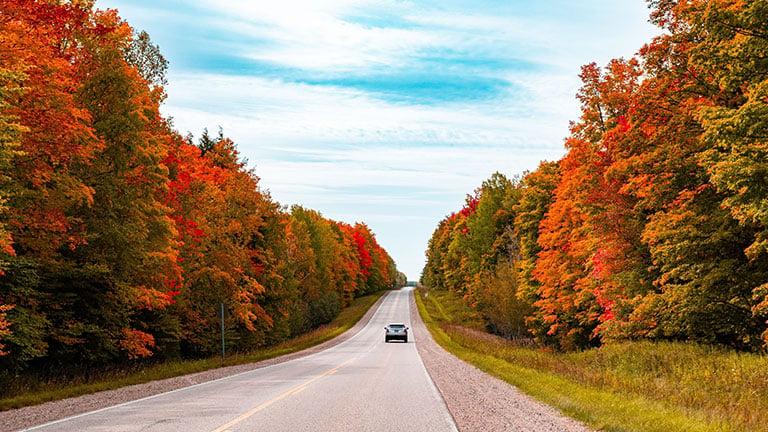
Chasing fall foliage
In the US, fall foliage season runs from mid-September to early November, depending on the location. Leaf peeping typically peaks in October.
The northernmost states and higher elevations—such as New England and parts of the Appalachians—enjoy peak color earlier in the season, typically from late September through mid-October.
As cooler air pushes south, so does peak foliage. Places such as the Tennessee Valley and mid-Mississippi Valley often see their brightest colors toward the end of October and into early November.
However, peak fall foliage doesn’t follow a strict calendar. A variety of factors—especially the weather—affect when and how intensely the colors will show up each year.

How weather predicts fall foliage
Meteorologists rely on a combination of factors to forecast the timing and vibrancy of fall foliage, including the following:
- Shorter days and a lower sun angle
- Temperature trends
- Rainfall amounts
- Even weather patterns from previous seasons
“The spring growing season helps determine fall foliage brilliance later,” says Paul Pastelok, senior meteorologist and lead long-range forecaster at AccuWeather.
For example, a spring drought can result in duller colors by fall. On the other hand, too much rain or prolonged summer heat can shorten the window for fall color.
“If clear, cooler conditions don’t arrive on schedule,” explains Pastelok, “that limits the time the trees have to change into their full colors.”
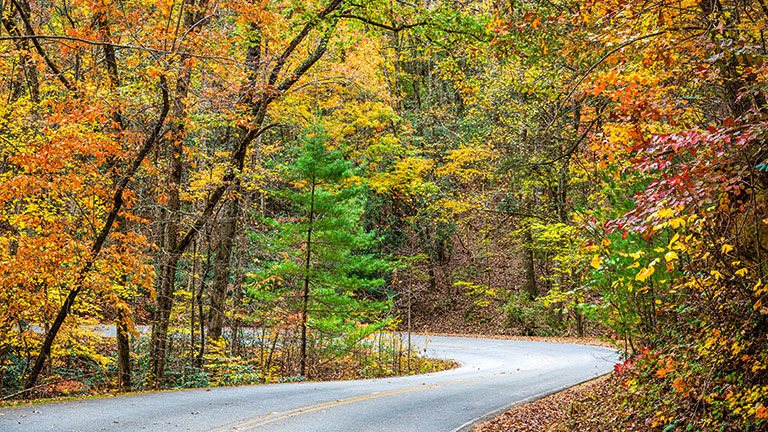
Fall foliage forecast for this year
Recent weather patterns will likely shift the timing of peak foliage in some regions and could affect how vibrant the colors will be, says Pastelok.
“There could be a later start to fall foliage in a lot of places seeing above-average temperatures into September,” he says.
In fact, the eastern two-thirds of the US have recently experienced extreme heat, which could delay the consistent cooling needed for leaves to start changing.
Here’s how the season is expected to unfold in different regions, according to Pastelok.
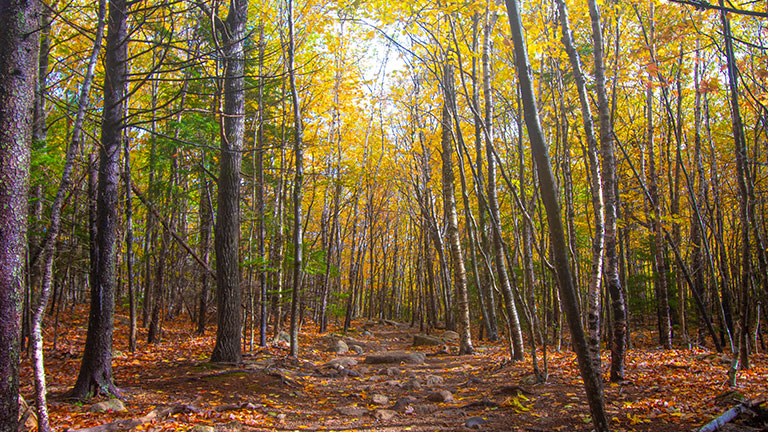
Eastern US
The Northeast is shaping up to be the jackpot for fall color viewing in 2025. According to Pastelok, the region should begin to turn a corner from recent high heat and heavy rain, and he’s not expecting an early frost—a condition that would otherwise shorten the leaf-peeping season.
In higher elevations such as the Adirondacks or Green Mountains, the best colors should arrive in the typical timeframe: late September to early October. However, at lower elevations, it may be worth waiting a few weeks.
“Don’t venture out too early,” advises Pastelok. “It’s going to take a bit longer for the warmth to subside.”
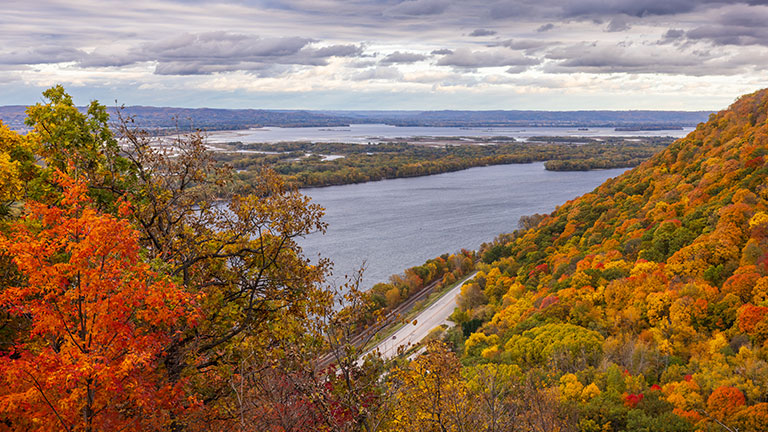
Midwest
Around the Ohio Valley and Great Lakes, the fall pattern looks wetter, but the foliage display should still be decent and generally on time. While a spring drought stressed many trees in this region, the return of moisture in recent months should help them recover and produce some strong colors.
One key variable to watch, however, is the wind.
“Wind-driven storms could be bad, and we could have a few move through,” Pastelok warns. “So, the leaves may end up getting knocked down early.”
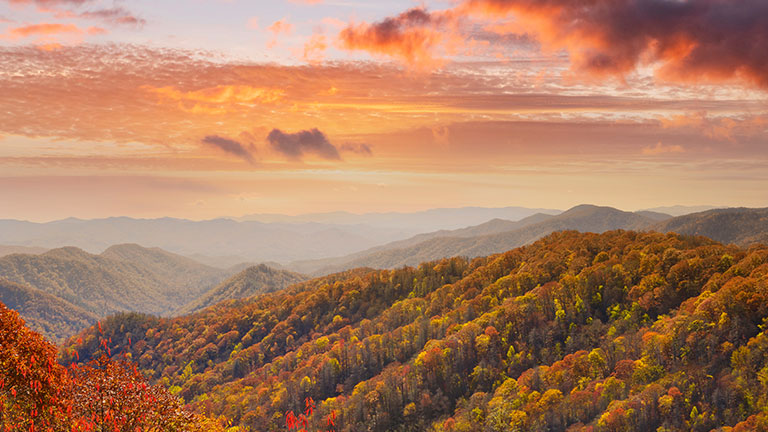
Tennessee Valley and mid-Mississippi Valley
Some of the dullest fall color in 2025 may show up in the middle of the country, particularly across the Tennessee Valley and mid-Mississippi Valley.
The region has already seen above-average rainfall, and Pastelok expects plenty more cloudy days in the weeks ahead. This combination reduces the chances for vibrant foliage.
“You’re not going to get those clear and cooler nights, and I don't think you’re going to get those brighter colors,” he says.

Western US
In the Rockies, which have recently dealt with persistent drought, conditions are beginning to improve. Much-needed moisture is expected in the coming weeks, which should allow for a moderately vibrant and mostly on-schedule fall foliage season.
In the western states, which have recently dealt with persistent drought, conditions are beginning to improve. Much-needed rain is expected in the coming weeks, which should allow for a moderately vibrant and mostly on-schedule fall foliage season.
“It’s looking better in the Rockies, especially the eastern Rockies,” says Pastelok. “They’re getting some moisture, which will counteract some of that dryness they saw during the summer season.”
.....
Prevailing weather patterns play a big role in determining both the timing and intensity of fall foliage. By understanding how weather affects leaf color, you can better plan your leaf-peeping adventures—and map out the most vibrant displays of fall color.
